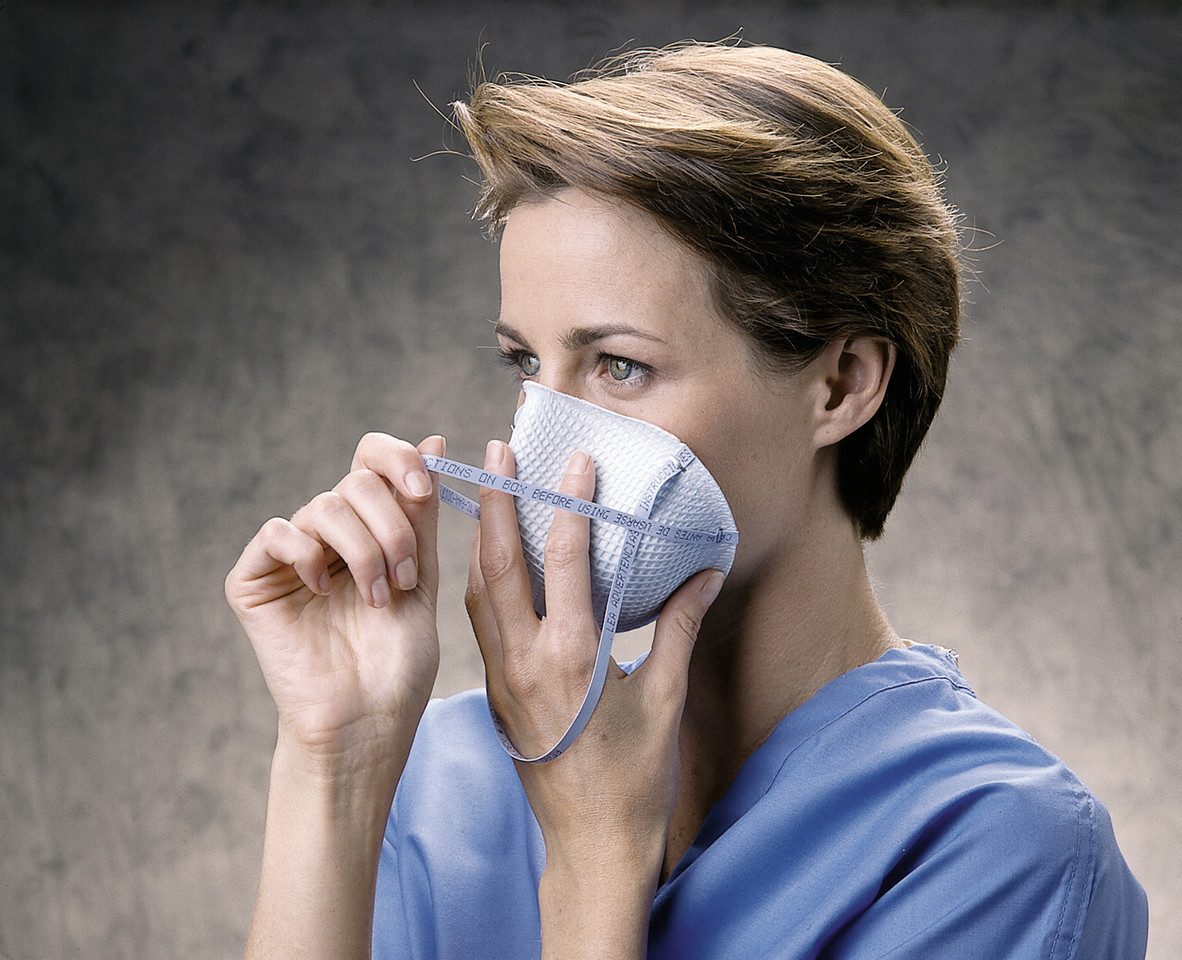Everything you need to know about respirators

How do respirators really work?
Aerosols and fine dust particles are among the biggest health risks in the workplace because they are virtually invisible in the air. At best, employees simply suffer from an unpleasant odor.
However, the most dangerous particles can be carcinogenic or radioactive, while others can gradually destroy the respiratory system over decades, eventually leading to serious diseases in the long term. Respirators protect against water and oil aerosols, smoke and fine dust at the workplace. Their protective function is tested according to the EN 149 standard and divided into three classes: FFP1, FFP2 and FFP3. Masks are defined as particle filtering masks and fine dust respirators.
How are particles filtered?
Particulate masks provide protection against particles, but not gases or vapors.
In general, masks consist entirely of multiple layers of filter material and may optionally include an exhalation valve. The different layers perform many functions, including good looks, stability, and of course, filtering.
One of the most important features of the comfort of respirators is the ability to breathe, which is experienced by the user when inhaling and exhaling. In order for the breathing resistance to be low, the filter masks must be air permeable and also prevent the penetration of particles. Therefore, the filter material has an electrostatic charge. This ensures that small particles that can physically penetrate the filter stick to the material. This can be easily explained by placing a balloon on ground pepper: an inflated balloon becomes electrostatically charged when it is rubbed against a piece of cloth. If this ball is held near a pepper, it will already attract small particles of pepper to a distance of several centimeters. This effect is used in a respirator, allowing air to pass through while particles are trapped by the material.
[Gallery columns=”2″ size=”full” ids=”12359,12360″]
What are the differences between protection classes?
The three classes of protection distinguish not the size of the filtered particles, but the number. FFP1 filters at least 80% of particles, while FFP2 filters 94% and FFP3 filters 99%. The more particles that need to be filtered, the greater the number of layers of filtering material. Therefore, masks in classes of higher protection are thicker, which means that breathing resistance is higher.
The most common mistakes about respirators
1. It is difficult to breathe in a respirator. It has a very dense and airtight material, so breathing is somewhat difficult. To cope with such a problem, it is necessary to change the filter in a timely manner.
2. People who suffer from allergies, respirators are contraindicated. This is not true. Nowadays, models are sold that have a filtering system. It is able to protect respiratory organs from various allergens. Of course, similar models are much more expensive.
3. People who wear glasses must work without glasses in respirators. It does not. People who have vision problems need to choose models based on shape and construction.
4. Replaceable filters for respirators are very expensive. Individual filter models can cost almost as much as a respirator. However, the service life of such replaceable filters is very long. Using a respirator with a replaceable filter, you can not be afraid for your health.















0505126955
Hello Tell me, please, how to clean the ffp3 respirator? Can they be washed with a soapy solution? thank you
Hello, respirators of this type are disposable, after 6 hours of operation they become wet and must be thrown away, but before that they must be disinfected for safe disposal. And in general, it would be possible to search more on the Internet and find all the answers to all the questions!
How long can a respirator (and the filter itself) last if it is worn only in transport for a total of 1-2 hours per day?